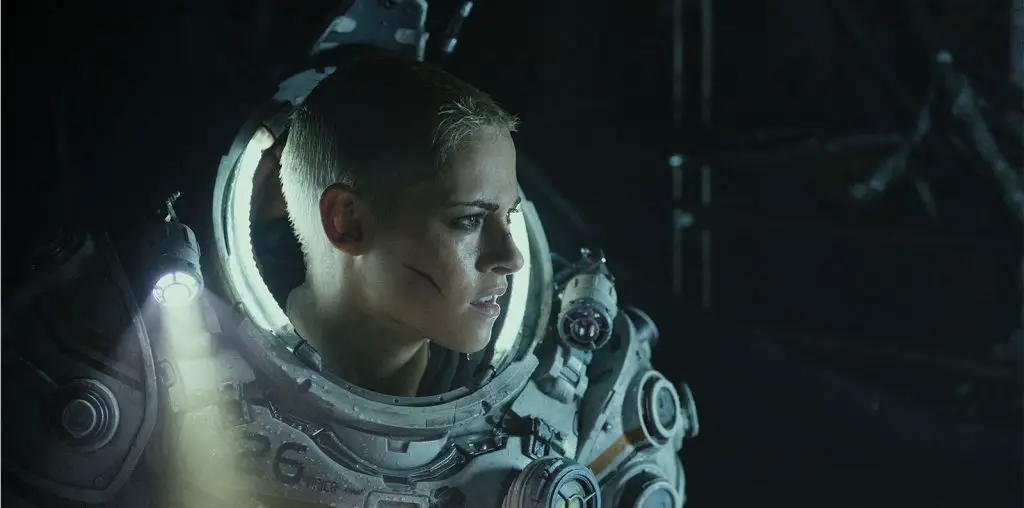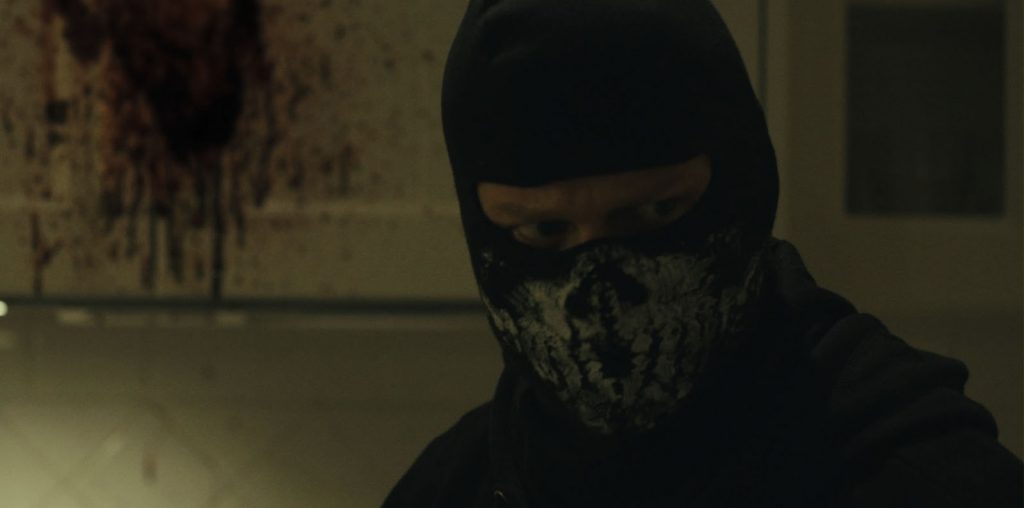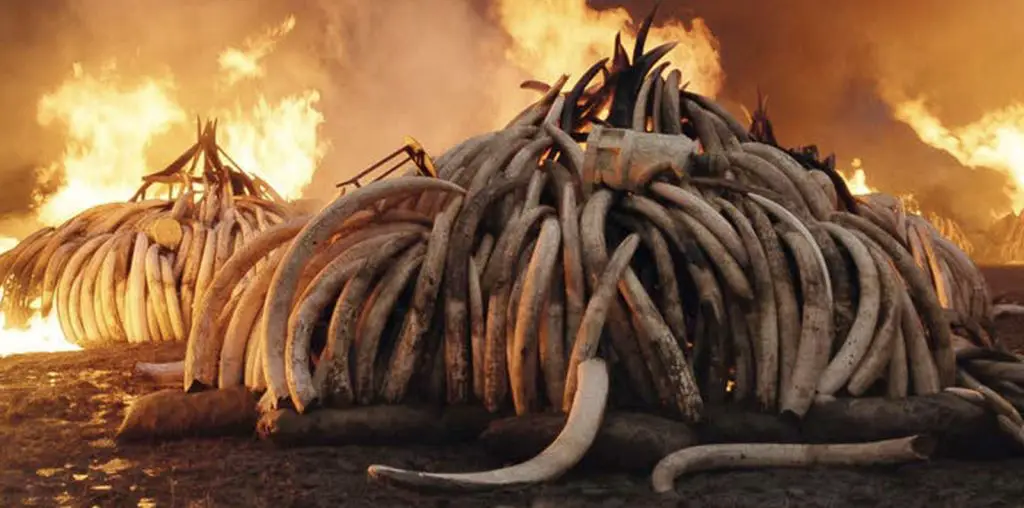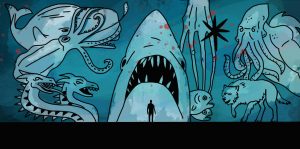
Peter Benchley, the author of the original novel, deeply regretted Jaws’ unintended effects. He became an outspoken advocate for sharks. “We must not allow just one generation of humanity to needlessly eradicate 400 million years of evolution,” he told The Guardian. Jaws’ reinforcement of the sea-creatures-as-monsters trope had devastating if unintended, real-life consequences for sharks as many of its species still face extinction.
Other animals are unfairly demonized on screen as well. 1997’s blockbuster film Anaconda depicts its snakes campily eating humans whole. In reality, anacondas are shy and have only twice been documented biting humans (both victims being anaconda researchers).
A gimmick on the Discovery Channel show, Eaten Alive, involved TV personality Paul Rosolie covering himself in pig’s blood, attempting to bait an anaconda to eat him. He was unsuccessful, but his disregard for the welfare of the snake (and the pig) certainly raised questions about who really poses the most harm to whom.
Similarly, the movie Piranha 3D (2010) portrays piranhas as fierce predators that shred humans in seconds, but in reality, the timid freshwater fish typically avoid our species—and when they do bite people, common injuries are nibbled heels and toes.
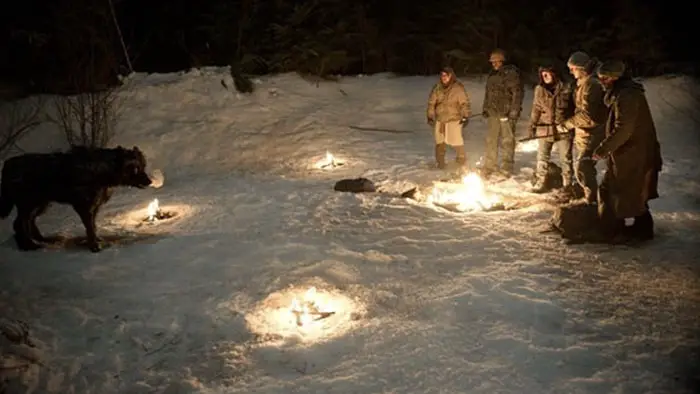
“…the movie’s cast ate wolf meat stew while filming.”
The 2011 film The Grey portrays wolves as calculating hunters preying on humans. In truth, fatal wolf attacks on humans are very rare. Humans are actually far more dangerous to wolves than the other way around. After the European colonization of the New World, settlers hunted wolves to near-extinction; their eradication subsequently impaired whole ecosystems. Not only did The Grey’s release coincide with Montana and Idaho’s removal of gray wolves from their endangered species lists, but the movie’s cast ate wolf meat stew while filming. Ironically, the production crew preyed on wolves, while misleadingly portraying wolves as predators of humans in the film.
Entertainment’s inaccurate depiction of animals as monstrous perpetrators exaggerated public fears of animals and adversely affected the survival of many species. How might these famous creature features be adapted toward a more realistic portrayal of these animal “villains?” It’s a fun thought exercise. Jaws could become a thrilling saga of marine scientists embarking on a fraught quest to find, humanely capture, and relocate the resentful great white before unfounded public hysteria gets out of hand. Consider moving the film to the town of Recife, Brazil, whose residents were increasingly encountering sharks in their swimming waters following the construction of a commercial port in shark territory. The residents worked together and safely relocated the predators rather than kill them.
Piranha 3D missed an opportunity to satirize hyperventilating swimmers with nibbled toes, “rescued” and treated with band-aids by lifeguards on Lake Victoria. And what a fascinating critique of environmental destruction The Grey could’ve been, had the story been told from the perspective of the wolves, struggling to survive despite losing much of their habitat and amid unprovoked attacks by humans’ bullets.
